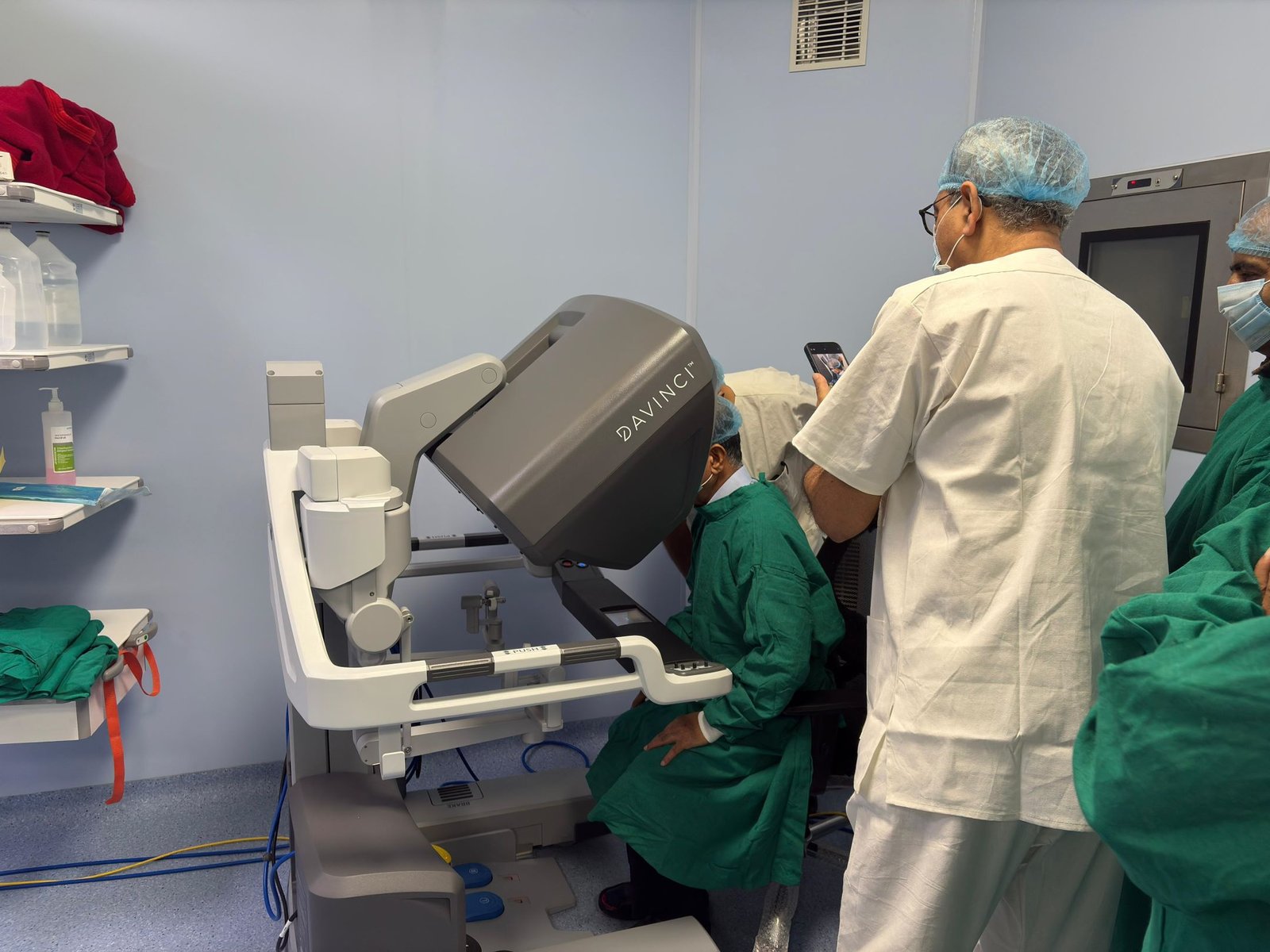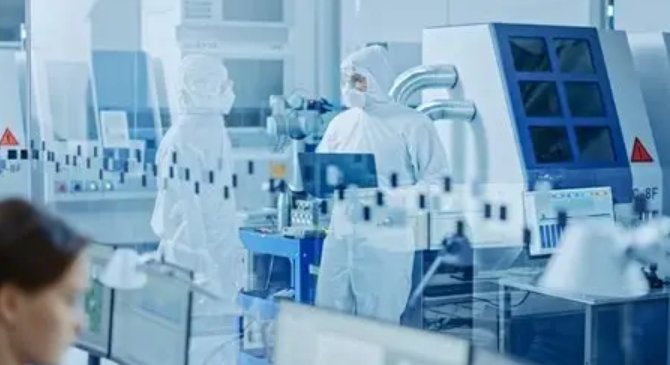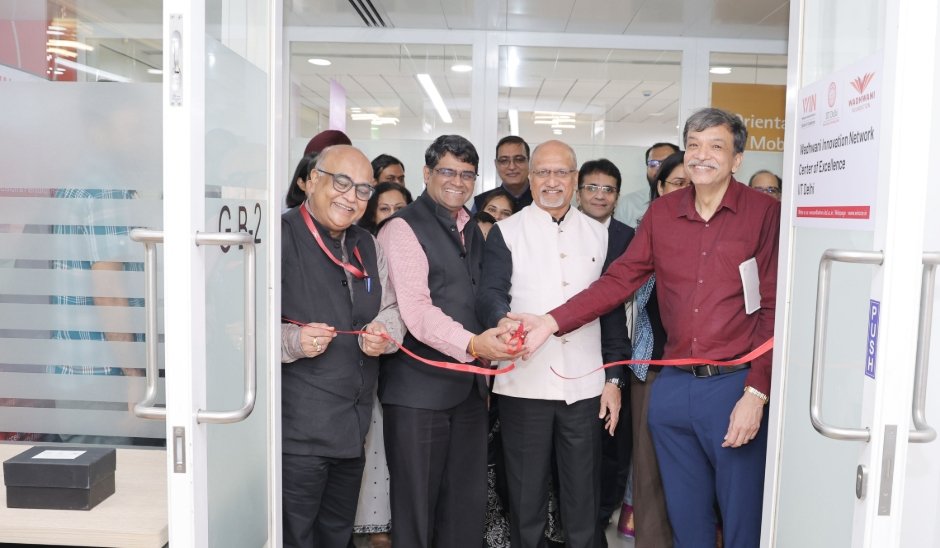Pursue regulatory innovation for outreach
October 11, 2011 | Tuesday | News

|
Dr
Kiran Mazumdar-Shaw
CMD, Biocon
The author has been named among TIME magazine’s 100 most influential
people in the world. Under her stewardship, Biocon has evolved from its
inception in 1978 as an industrial enzymes company to a fully
integrated biopharmaceutical enterprise encompassing a portfolio of
products and services with research focus on diabetes, oncology and
auto-immune disease. During this transition, Biocon established two
subsidiaries Syngene and Clinigene.
|
In recent times, regulators have adopted an inflexibly defensive
mindset and seem to be looking for that perfect pill that scores a 100
on efficacy and a zero on side effects. As regulators keep raising the
bar for approval, the drug pipeline is diminishing to a trickle, even
while discovery research and drug development is gathering pace. On one
hand, pharmaceutical companies are battling escalating costs, extended
time to market, and a high failure rate in this risk-averse regulatory
climate. On the other hand, the medical needs of millions across the
world remain unmet.
Even when a drug is approved, healthcare systems do not support it
unless pharma companies can rationalize the risk-benefit ratio to
patients to an extent that justifies the drug’s high cost. To get an
idea of what it takes to develop a new drug, we need to consider the
rocketing costs in terms of both time and money. A study by the Tufts
Center on the study of drug development puts the average time and cost
taken to develop a drug at eight years and anywhere between $1.2-2
billion.
If a new drug merely shows incremental benefits, as many drugs do, it
fails the test of “acceptable risk-benefit profile” and healthcare
systems may not reimburse insurers. Thus, patients who need the drug
the most, do not get access. It is only when a drug fulfills a hitherto
unmet need such as Yervoy (Ipilimumab), the first agent ever proven to
improve survival in advanced metastatic melanoma, that the drug can end
up on the right side of the risk-benefit ratio desired by regulators
and command a premium price from healthcare systems and insurers.
In this risk-averse environment, we need to address the regulatory
challenge in an innovative way. We need to pursue regulatory innovation
that acts as the catalyst for ensuring that novel drugs, based on
scientific advances, reach patients quickly. We need an approach that
helps pharma companies reduce the cost of drug development and recover
the cost of innovation, while providing access to patients who will
benefit from such novel therapeutics at acceptable cost.
I believe that developing and incorporating biomarkers and companion
diagnostics in the drug development process can help us attain these
objectives. Companion diagnostics – the use of genetic, proteomic, or
gene markers – can help pharma companies develop and deliver more
effective and personalized medicines at a lower cost.
We can leverage bio-markers and companion diagnostics at the clinical
trials stage, screening patients to guard against accepting subjects
who may increase the drug’s risk profile and selectively including
those who can benefit. Selecting high responders in a drug trial can
help reduce the trial size, enhance the trial outcome, contain costs,
and, create a better reimbursement model. A pharma company can add
clinical markers in the clinical design that address risks upfront –
say microvascular or renal biomarkers in a diabetes drug trial – to
admit or exclude certain patients. The patients enrolled in the trial
are, therefore, likely to show better response with reduced side
effects, and since the tailored treatment allows a better view of the
outcome, fewer patients may need to be included for the trial.
When the safety risk is lowered in this manner and the efficacy profile
enhanced, the outcome of the trial can be statistically significant
through the extraction of augmented data. Given the reluctance of
health systems in reimbursing high-priced drugs that provide only
marginal benefit, such strong data can provide a much stronger
risk-benefit rationale.
Combining drug development with a companion diagnostic, I believe, will
help to lower regulatory hurdles and speed up the process. For
instance, most recently, the USFDA gave a swift nod – in just over
three months – to Roche’s Zelboraf (vemurafenib), when it was presented
for approval with its companion BRAF V600 mutation test. Compare this
with approval challenges that many cancer drugs face from clinical data
drawn from enrolling “all comers”, something that most companies prefer
to do to increase the market opportunity but fail in terms of
statistical outcomes.
Not only does such an approach reduce the size and cost of regulatory
clinical trials, it also enables insurers to reimburse healthcare
providers for the treatment. Take Herceptin as a case in point. When it
was proven through its companion diagnostic that HER2-positive breast
cancer patients responded better to Herceptin, the drug was targeted at
only such patients and won both regulatory approval and reimbursement
support from healthcare systems.
With the deployment of companion diagnostics gaining traction,
pharmaceutical companies need to develop their proprietary diagnostic
tools in tandem with drug development. Such a strategy will allow the
company to own the tool’s intellectual property (IP) and will pay
significant dividend in terms of speedier regulatory approval,
increased market penetration and enhanced revenue whilst also
protecting the IP of the drug itself.
When pharma companies are unable to stratify and select suitable
patients, a drug under trial can show a risk profile that is unfairly
attributable to it. Companion diagnostics can help pharma companies
assess risk in a more meaningful way and ensure that drugs can be made
speedily accessible and more affordable to patients.










